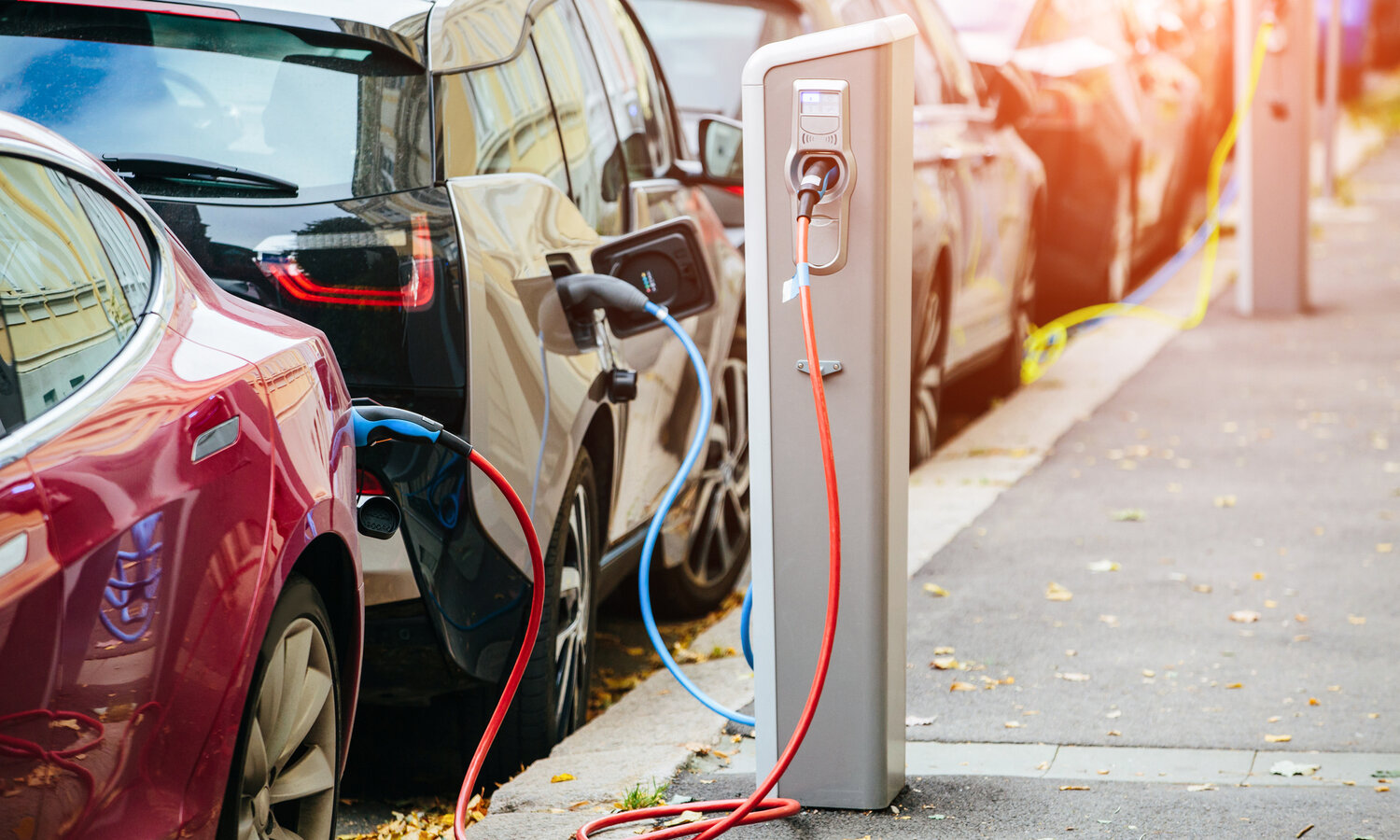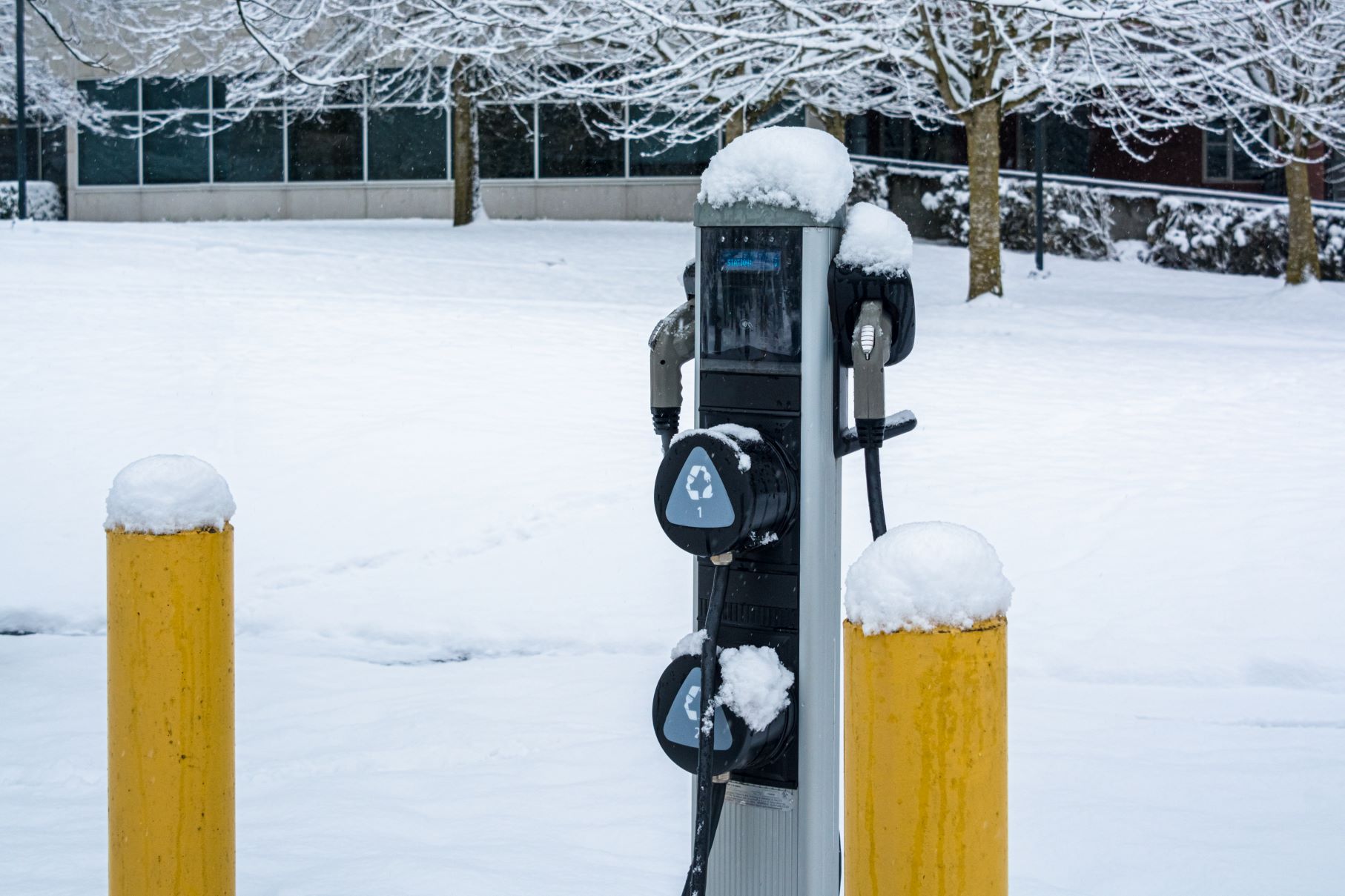Protection against weather and vandalism
Many electric car charging stations are located outdoors, making them vulnerable to both extreme weather conditions and acts of vandalism. To safeguard these critical infrastructure components from such risks, it’s essential to ensure that the enclosures remain both sealed and securely closed.
DIRAK offers many locking solutions for cabinets that provide secure locking and when combined with industry leading DIRAK multipoint latching and gasketing solutions, will ensure that charging infrastructure will stay safe and dry.
For those looking for an added level of security for their cabinets, many DIRAK solutions are designed to meet RC2 class vandal resistance in accordance with DIN 1630 standards. These handle solutions are even more robust and secure, providing additional peace of mind.
Regardless of which DIRAK latching solution you choose, Most are designed to accept high-security profile lock cylinders to ensure that the locks are not easily picked. A dual-lock cylinder handle is also available for those cabinets that may need to be opened by more than one party’s key.
Robust materials
Regarding materials, DIRAK latches are traditionally built from either high-strength powder-coated zinc die, or optionally stainless steel. Both of these materials have a proven track record of providing good to great corrosion resistance as well as the durability required to make forced break-ins less likely to be successful.
And while DIRAK hinges are also produced of strong, durable and corrosion resistant materials, we further recommend using one of the many concealed hinges in the DIRAK catalog. Concealed hinges are another great way to deter break-in attempts, as the hinges are located out of the sight and reach of potential vandals and thieves.
DIRAK's EV Infrastructure Solutions

Protecting EV Infrastructure Against Theft and Vandalism

The Future of EV Charging with Mechatronic Locks
FAQ
Introduction
What is EV infrastructure?
EV infrastructure refers to the network of physical and digital components that support the charging, operation, and maintenance of electric vehicles (EVs). As the world transitions towards sustainable transportation solutions, EV infrastructure plays a crucial role in making this shift possible and seamless. Key elements of EV infrastructure include charging stations, power distribution systems, large-scale energy storage, payment platforms, and software management systems.
By providing accessible and efficient charging options, EV infrastructure not only encourages the adoption of electric vehicles but also contributes to reducing greenhouse gas emissions and our overall environmental impact. To learn more about the significance of EV infrastructure, visit the U.S. Department of Energy's Office of Energy Efficiency and Renewable Energy website.
Why is EV infrastructure important?
The importance of EV infrastructure lies in its ability to facilitate the widespread adoption of electric vehicles, which significantly contribute to reducing greenhouse gas emissions and promoting a sustainable future. As the demand for electric vehicles surges, global EV sales are expected to grow exponentially over the coming years. A well-developed EV infrastructure ensures that drivers have convenient and reliable access to charging stations, alleviating concerns like "range anxiety" and making EVs a more attractive option for consumers.
Furthermore, robust EV infrastructure supports the integration of renewable energy sources into transportation systems, helping to reduce our reliance on fossil fuels. By investing in EV infrastructure, businesses, governments, and communities can play an essential role in accelerating the transition towards cleaner and more efficient transportation solutions.
What are the different types of EV infrastructure?
EV infrastructure encompasses a wide range of physical and digital elements designed to support electric vehicle charging, operation, and maintenance. The primary component of EV infrastructure is the charging station, which can be categorized into three main types: Level 1, Level 2, and DC Fast Charging.
Level 1 charging utilizes standard 120-volt AC outlets, making it the most accessible but slowest charging option. Level 2 charging stations use 240-volt AC power and offer faster charging speeds, making them suitable for both residential and commercial settings. DC Fast Charging provides the quickest charging rates by using direct current (DC) power, making it ideal for public locations and long-distance travel.
Other essential aspects of EV infrastructure include power distribution systems, which ensure that electricity is efficiently delivered to charging stations; payment platforms, which facilitate seamless transactions for charging services; and software management systems, which enable monitoring, control, and optimization of charging infrastructure. To explore the various components of EV infrastructure in more detail, consult resources from reputable organizations such as the U.S. Department of Energy's Alternative Fuels Data Center.
Benefits of EV Infrastructure
Increased convenience for EV drivers
One of the key benefits of a well-developed EV infrastructure is the increased convenience it provides to electric vehicle drivers. By offering an extensive network of accessible and user-friendly charging stations, EV infrastructure helps to address common concerns such as "range anxiety" and promotes a seamless driving experience. With integrated payment platforms and real-time availability information through mobile apps and navigation systems, EV drivers can easily locate, access, and pay for charging services at their convenience.
Additionally, advanced charging station management software enables dynamic load balancing and smart scheduling, further optimizing the charging process and minimizing wait times. By investing in comprehensive EV infrastructure, businesses and communities can significantly enhance the overall experience for EV drivers, encouraging greater adoption of electric vehicles and supporting a more sustainable future. To learn more about the importance of convenience in EV infrastructure, visit resources from the U.S. Department of Energy's Vehicle Technologies Office.
Reduced emissions
A well-established EV infrastructure plays a vital role in reducing greenhouse gas emissions and air pollution by promoting the widespread adoption of electric vehicles. According to the U.S. Environmental Protection Agency (EPA), EVs produce zero direct emissions, significantly lowering their environmental footprint compared to conventional gasoline-powered vehicles. By facilitating convenient and efficient charging options, EV infrastructure encourages more drivers to switch to electric vehicles, leading to a substantial reduction in carbon emissions and other pollutants on a global scale.
Furthermore, as the electricity grid continues to incorporate more renewable energy sources, the environmental benefits of EVs will only increase. Investing in EV infrastructure is a crucial step towards achieving national and international climate goals, such as those outlined in the Paris Agreement.
Stimulated economic growth
Investing in EV infrastructure not only contributes to environmental sustainability but also stimulates economic growth by creating new market opportunities, job creation, and technological innovation. As the demand for electric vehicles rises, the need for charging stations, power distribution systems, and software management solutions will increase, driving business growth and fostering new industries. According to the International Renewable Energy Agency (IRENA), the global EV battery market alone is expected to grow exponentially in the coming years, creating numerous economic opportunities.
Building and maintaining EV infrastructure requires skilled labor, leading to the creation of new jobs in manufacturing, installation, and maintenance. Furthermore, advancements in EV infrastructure technology can lead to the development of innovative products and services that can be exported globally, further boosting economic growth. By investing in EV infrastructure, governments, businesses, and communities can actively participate in shaping a sustainable and economically vibrant future.







